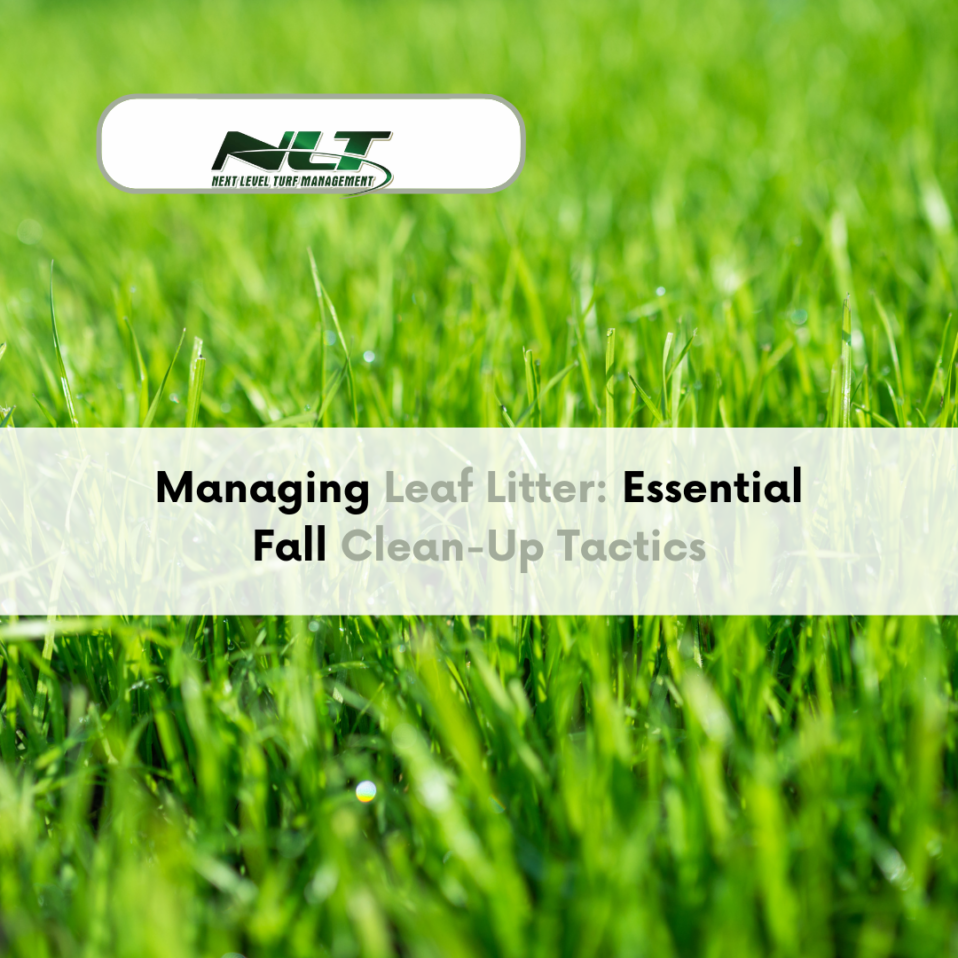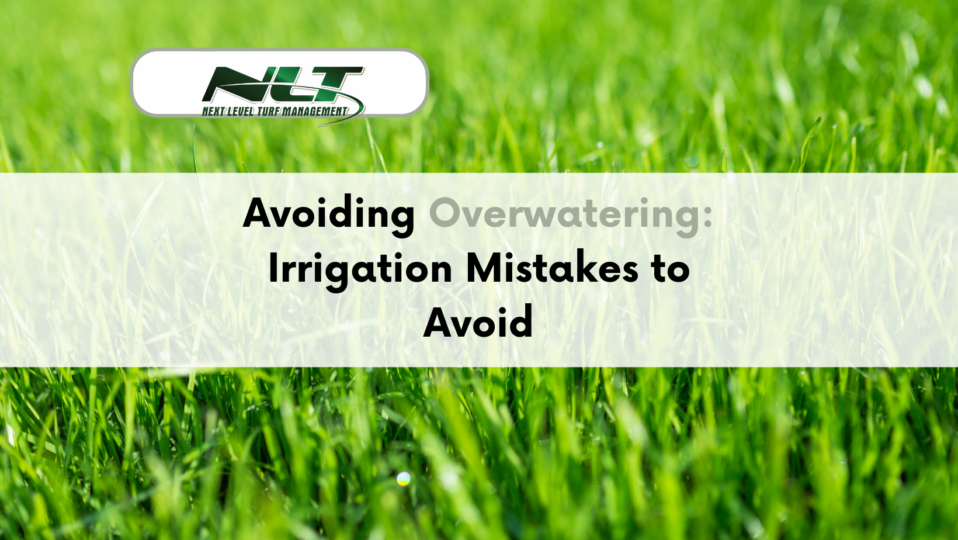Fall brings cooler weather and beautiful colors, but it also leads to a yard full of fallen leaves. Managing leaf litter is crucial for keeping your lawn healthy and your property looking neat. If leaves are left to pile up, they can suffocate your grass, leading to dead spots and increased pests. Proper leaf cleanup ensures your lawn gets the sunlight and air it needs to thrive.
Cleaning up leaves doesn’t have to be a daunting task. With the right tools and techniques, you can handle leaf litter efficiently. Whether you prefer raking, using a leaf blower, or mulching the leaves back into the lawn, there’s an approach that fits your needs. Understanding the best time to start your clean-up and knowing some handy tips can make the process smoother.
In this guide, we cover the essentials of fall leaf cleanup. From choosing the right tools to learning effective raking methods, you’ll find everything you need to keep your yard leaf-free this season. Make the most of fall without the hassle of leaf clutter.
Why Managing Leaf Litter Is Important
Managing leaf litter is essential for several reasons. First, leaves left on your lawn can block sunlight and air from reaching the grass. This can lead to dead spots and weakened grass, making your lawn look unhealthy and patchy.
Second, wet leaves can become slippery and create a hazard, especially on walkways and driveways. They can also retain moisture, creating an ideal environment for mold and mildew to grow.
Lastly, a thick layer of leaves can hide potential problems such as pests or diseases. By removing leaves regularly, you maintain a healthier lawn and reduce the chances of these issues taking hold.
The Best Time for Fall Clean-Up
Timing your fall cleanup activities is crucial for effectiveness. Start leaf removal as soon as the leaves begin to fall. This prevents the leaves from piling up and becoming unmanageable.
A good rule is to plan a more thorough cleanup once a week during peak leaf-fall season. This keeps your yard from becoming overwhelmed with leaves. If you wait too long, the leaves can get wet and heavy, making them harder to remove.
Fall cleanup is best done in the late morning or early afternoon when the dew has dried. Dry leaves are lighter and easier to handle, reducing the effort needed to clear them from your yard.
Essential Tools for Leaf Removal
Having the right tools makes leaf removal much easier and more efficient. Here are some essential tools for the job:

- Rake: A good, sturdy rake is a must. Look for one with wide tines to grab more leaves with each pass.
- Leaf Blower: For larger areas, a leaf blower can save time and effort. Choose one with adjustable speeds to handle different tasks.
- Leaf Bags: Strong, durable leaf bags are needed for collecting and disposing of leaves.
- Tarp: A large tarp can help collect piles of leaves and make it easier to drag them to your compost pile or curb.
- Gloves: Use gloves to protect your hands from blisters and sharp objects hidden in the leaves.
With these tools, you’ll be well equipped to tackle leaf litter and keep your yard clean.
Raking Techniques for Efficiency
Using the right raking techniques can save you time and effort. Here are some tips to make raking more efficient:
- Rake with the Wind: Always rake in the direction the wind is blowing. This prevents leaves from blowing back into areas you’ve already cleared.
- Use a Tarp: Spread a tarp on the ground and rake leaves onto it. When the tarp is full, drag it to your compost pile or curb.
- Small Sections: Break the yard into small sections and clear one section at a time. This makes the task less overwhelming.
- Ergonomic Stance: Use an ergonomic stance to prevent back strain. Bend with your knees, not your back, and switch sides periodically to avoid overworking one side.
- Frequent Breaks: Take frequent breaks to avoid fatigue. This ensures you’ll stay efficient and reduce the risk of injury.
By using these raking techniques, you’ll get the job done faster and with less effort, keeping your yard free of leaf clutter efficiently.
Using Leaf Blowers Effectively
Leaf blowers are great for handling large areas quickly. Here are some tips to use them effectively:
- Choose the Right Blower: There are electric and gas-powered options. Electric blowers are quieter and lighter, while gas-powered blowers are more powerful.
- Blow in One Direction: Always blow leaves in the same direction. This prevents scattering and makes collection easier.
- Create Piles: Blow leaves into manageable piles, then bag or compost them.
- Use Low Speed Around Flower Beds: Reduce the blower speed near delicate plants to avoid causing damage.
- Early Morning Use: Use the leaf blower in the early morning when the air is still, reducing the likelihood of the wind scattering the leaves again.
Following these tips will help you use your leaf blower more efficiently, resulting in a cleaner yard in less time.
Composting Leaf Litter
Composting leaf litter is a great way to recycle leaves and enrich your soil. Here’s how to do it:
- Gather Leaves: Collect leaves into a compost bin or designated compost area.
- Layering: Mix leaves with grass clippings, kitchen scraps, and other green materials. This balances the carbon and nitrogen in the compost.
- Turn the Pile: Turn the compost pile every few weeks to aerate it. This speeds up the decomposition process.
- Keep Moist: Ensure the compost pile remains moist, but not soggy. Water if necessary.
By composting leaves, you turn waste into valuable organic matter, enriching your garden naturally.
Mulching Leaves: A Natural Solution
Mulching leaves can save time and benefit your lawn. Here’s how you can mulch leaves effectively:
- Mow Over Leaves: Use your lawn mower to chop leaves into small pieces. This turns leaves into mulch quickly.
- Leave in Place: Allow the chopped leaves to remain on the lawn. They will decompose and return nutrients to the soil.
- Regular Mowing: Mow regularly to ensure leaves are mulched finely and don’t smother the grass.
- Avoid Thick Layers: Ensure the mulched leaves don’t form a thick layer. If they do, collect some and use them in flower beds or compost.
Mulching leaves helps recycle organic matter, keeping your lawn healthy with minimal effort.
Lawn Mower Attachments for Leaf Management
Using lawn mower attachments can make leaf management easier. Here are some useful attachments:
- Mulching Blades: These blades chop leaves into fine mulch, which can be left on the lawn.
- Bagging Attachments: These collect leaves as you mow, reducing the need for raking.
- Leaf Sweepers: Attach a leaf sweeper to your mower to pick up leaves efficiently as you mow.
By using these lawn mower attachments, you can handle fall leaf cleanup more quickly and effectively, making the process far less labor-intensive.
Bagging and Disposing of Leaves
Properly bagging and disposing of leaves keeps your yard tidy and prevents buildup. Here’s how to do it effectively:
Bagging Tips:
- Choose the Right Bags: Use biodegradable leaf bags if possible. They are environmentally friendly and decompose with the leaves.
- Avoid Overfilling: Don’t stuff the bags too full. Leaves can expand and tear the bags, making them hard to manage.
- Compress the Leaves: Gently press down on the leaves to fit more into each bag without overfilling them.
Disposal Options:
- Curbside Pickup: Many communities offer curbside leaf pickup in the fall. Check your local guidelines for pickup dates and bag types allowed.
- Drop-Off Sites: Some areas have designated leaf drop-off sites where you can take your bagged leaves.
- Compost Sites: Take leaves to a municipal compost site if available. This option helps recycle nutrients back into the environment.
Preventing Leaf Build-Up in Gutters
Leaf buildup in gutters can cause serious issues. Water overflow, roof damage, and pest problems are just a few. Preventing this build-up is essential for home maintenance.
Prevention Tips:
- Use Gutter Guards: Install gutter guards to keep leaves out while allowing water to flow through. There are different types, so choose one that’s best for your home.
- Regular Cleaning: Clean your gutters multiple times during the fall. Don’t wait until they’re clogged. Use a ladder to safely remove leaves and debris by hand or with a gutter scoop.
- Trim Nearby Trees: Cut back tree branches that overhang your roof. Less foliage near your gutters means fewer leaves to clean up.
Safety Tips for Fall Clean-Up
Safety should be a priority during fall clean-up. Here are safety tips to keep in mind while managing leaf litter.
- Wear the Right Gear: Use gloves, sturdy shoes, and eye protection to avoid injuries from tools or sharp objects hidden in the leaves.
- Use Tools Properly: Know how to use leaf blowers, rakes, and other tools correctly. Follow the manufacturer’s instructions to prevent accidents.
- Lift Smart: When lifting bags of leaves, bend your knees and keep your back straight. This helps prevent back injuries.
- Stay Hydrated: Fall weather can be unpredictable. Make sure to drink plenty of water, especially if you’re working for extended periods.
How Next Level Turf Can Assist with Your Leaf Clean-Up
Managing leaf litter can be tiring and time-consuming. That’s where Next Level Turf comes in. We offer comprehensive leaf cleanup services to keep your yard in top shape.
Our Services Include:
- Full Yard Clean-Up: We remove leaves from your lawn, flower beds, and hardscape areas.
- Gutter Cleaning: Our team also takes care of cleaning your gutters to prevent leaf buildup and potential damage.
- Leaf Disposal: We handle the bagging and disposal of all leaf litter, ensuring your property stays neat and tidy.
Conclusion
Managing leaf litter in the fall is crucial for maintaining a healthy yard and protecting your home. From bagging leaves and preventing gutter buildup to using the right tools and ensuring safety, each step plays an important role. Proper leaf cleanup enhances your yard’s appearance and prevents issues like clogged gutters and lawn damage.
For expert help with your fall leaf clean-up, turn to Next Level Turf. We provide comprehensive services that make leaf management hassle-free. Contact us today to schedule a cleanup and experience a leaf-free yard. Let Next Level Turf take your yard maintenance to the next level, giving you more time to enjoy the beauty of the season.







Post a comment